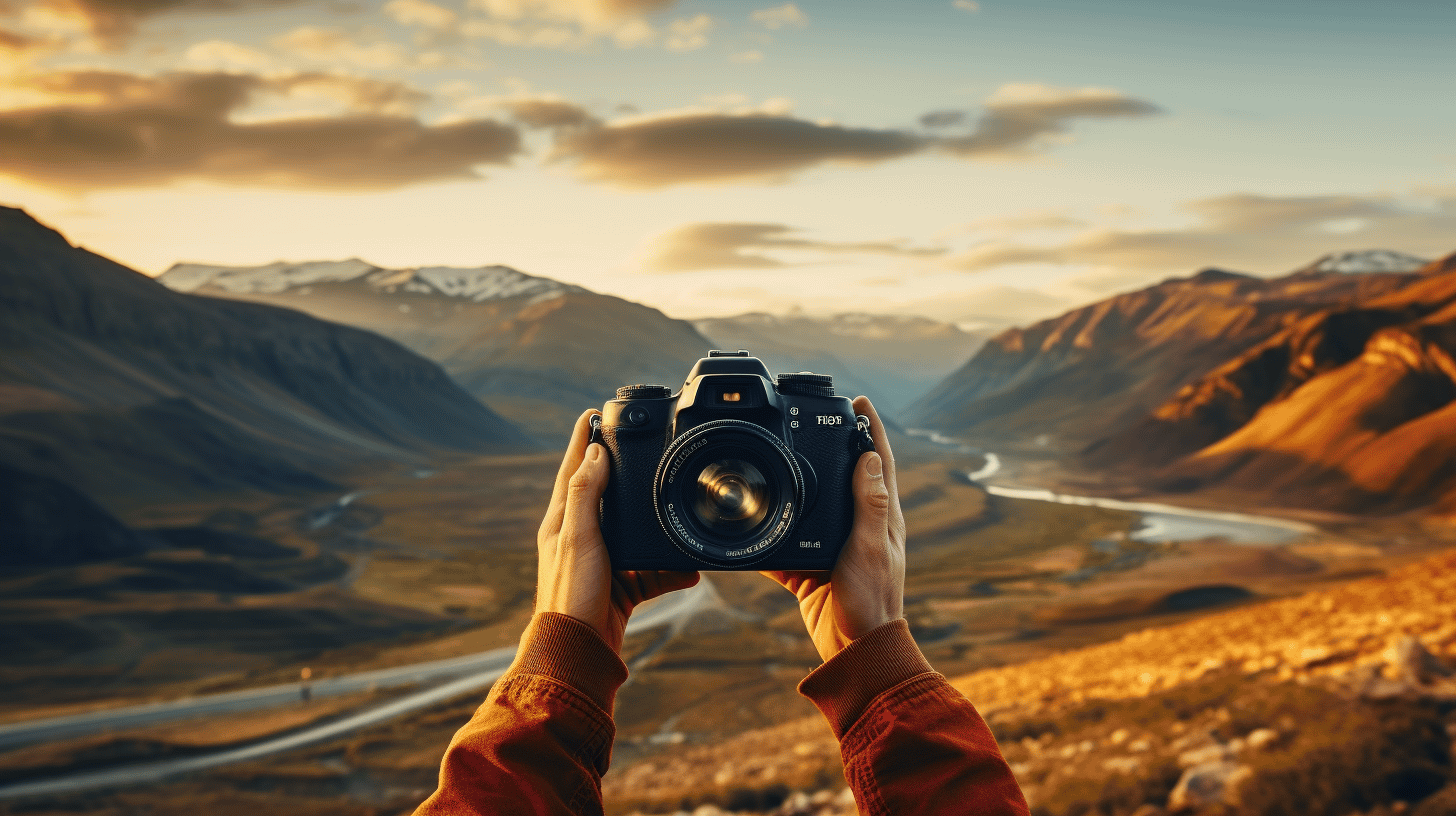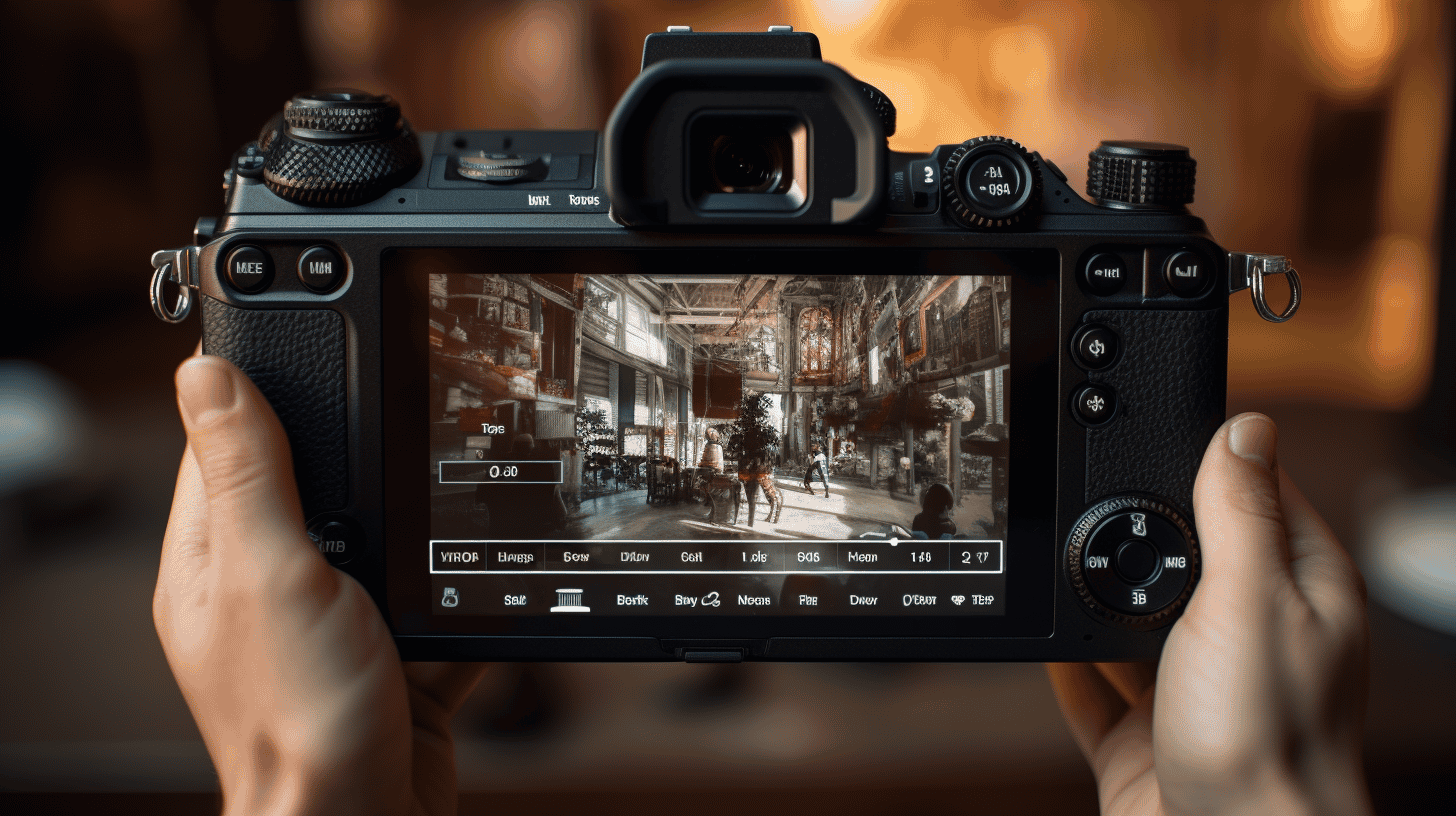Photography has come a long way since its inception. Developments in technology have made it easier and more accessible for people to capture images and share them with others. One of the most recent and significant advancements in the world of photography is the integration of Artificial Intelligence (AI) into both cameras and editing software. This article will explore the world of AI in photography and introduce you to the latest smart cameras and AI software available today.
Table of Contents
- Smart Cameras: The Next Generation of Photography
- AI-driven Features in Modern Cameras
- AI-based Editing Software
- Future of AI in Photography
Smart Cameras: The Next Generation of Photography
Smart cameras are designed with advanced technology that allows them to operate with greater precision, speed, and autonomy. These cutting-edge features enable photographers and enthusiasts to achieve better results even in challenging shooting conditions. Some of the key benefits of smart cameras include:
Increased accuracy in autofocusing:
AI-powered autofocus systems are faster and more accurate, making it easier to capture perfect shots, especially when shooting fast-moving subjects or scenes with low lighting.
Improved image quality:
AI algorithms help cameras process images more effectively, capturing greater detail and color accuracy, even in low-light conditions. This results in minimal noise and higher image quality.
Enhanced user experience:
Smart camera interfaces are more intuitive and user-friendly, making it easier for photographers to navigate settings and access advanced features.
A Brief Look at Some Leading Smart Cameras
- Sony A9 II: Equipped with AI-driven real-time tracking and autofocus, this mirrorless camera delivers exceptional image quality and performance for both sports and wildlife photography.
- Nikon Z9: This full-frame mirrorless camera boasts AI-powered 3D tracking and eye autofocus for precise focusing on subjects, no matter how fast they move or how low the lighting conditions.
- Canon EOS R5: With AI-enhanced animal eye and face detection autofocus, this camera raises the bar for wildlife and pet photography enthusiasts.
AI-driven Features in Modern Cameras
Modern cameras are implementing AI technology to provide users with cutting-edge features and improve their overall experience. Some of these AI-driven features include:
Subject and scene recognition:
AI enables the camera to recognize and automatically adjust settings based on the subject or scene being photographed, ensuring optimal exposure and focus.
Facial and eye autofocus:
AI technology can detect and track faces and eyes in real-time, ensuring perfectly sharp focus on the subject’s face and eyes.
AI-driven editing suggestions:
Some cameras come with built-in AI software that analyses images and suggests adjustments, such as crop suggestions, white balance, and exposure corrections.
How AI is Revolutionizing Mobile Phone Cameras
Smartphone manufacturers are continually improving their cameras, with AI now being a key component in mobile photography. AI in smartphone cameras offers features like:
- Enhanced low-light performance: AI-powered software can process low-light images better, reducing noise, and improving image quality.
- Automatic scene optimization: AI algorithms intelligently analyze the scene and automatically adjust camera settings for optimal results.
- AI-powered portrait mode: By utilizing AI-driven depth mapping, smartphones can produce professional-looking portrait photos with a shallow depth of field, even with single-lens cameras.
AI-based Editing Software
Several AI-based editing applications are available, allowing photographers to enhance their images while saving time and effort. Some popular AI-driven image editing tools include:
- Adobe Lightroom CC: Utilizing Adobe Sensei AI technology, photographers can make automatic adjustments like exposure, white balance, and cropping.
- Skylum Luminar AI: Featuring various AI-driven tools, Luminar AI simplifies and accelerates the editing process, allowing users to achieve professional results with minimal effort.
- ON1 Photo RAW 2022: Powered by AI, this editing suite offers features like noise reduction, sky replacement, and automatic portrait enhancements.
AI Applications in Professional Photo Editing
AI has become increasingly prevalent in the field of professional photo editing, with some notable applications including:
- AI-based photo retouching: Tools like automated facial and skin enhancements help editors save time while delivering professional-quality portraits.
- Automatic background and object removal: AI software can analyze and remove unwanted elements from an image more accurately and efficiently.
- AI-generated content: Some software applications can generate realistic backgrounds, skies, or even human faces entirely from AI, giving editors endless creative possibilities.
Future of AI in Photography
As AI technology continues to advance, we can expect it to play an even more significant role in the photography industry. Possible future applications of AI include:
- Smarter cameras: Cameras may feature more advanced AI-powered features, offering even greater automation and improved quality for photographers of all skill levels.
- AI-driven camera apps: With the rise of computational photography, future smartphone apps could harness AI capabilities for unique photography features and experiences.
- Deeper integration of AI in photo editing: By leveraging AI, photo editing tools in the future may offer even more powerful and intuitive features for professional and amateur photographers alike.
In conclusion, AI has truly transformed the world of photography, enhancing both the capture and editing of images. This technology will continue to evolve, making it even more exciting to see what the future holds for AI-driven photography and smart cameras.




0 Comments